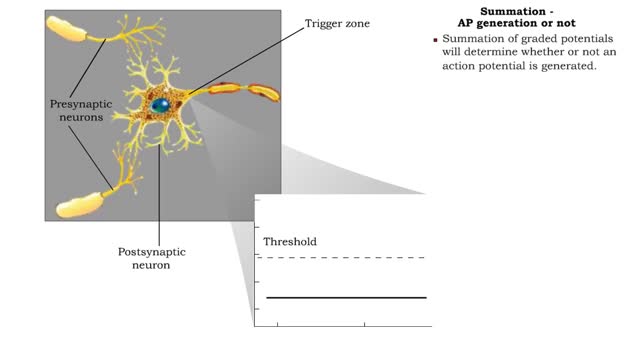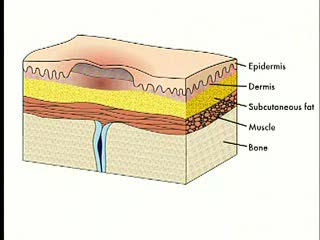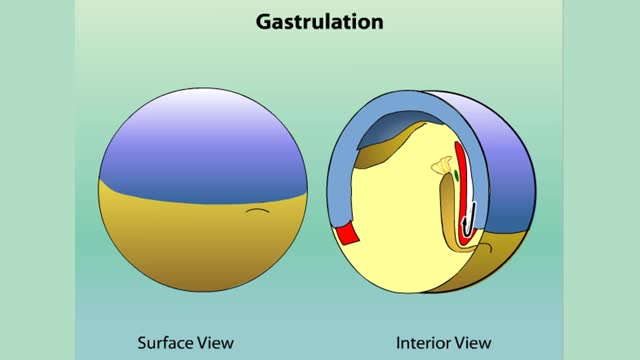Search Results
Results for: 'X chromosome inactivation causes a mosaic tissue effect in calico cats'
By: Administrator, Views: 14311
A photoreceptor cell is a specialized type of neuroepithelial cell found in the retina that is capable of visual phototransduction. The great biological importance of photoreceptors is that they convert light (visible electromagnetic radiation) into signals that can stimulate biological processes...
Summation - defined, spatial, temporal & AP generation or not
By: HWC, Views: 10769
If several presynaptic end bulbs release their neurotransmitter at about the same time, the combined effect may generate a nerve impulse due to summation Summation may be spatial or temporal • A typical neuron may have thousands of synapses. A corresponding number of postsynaptic membrane ...
Oxygen transport: association and dissociation & Factors that affect hemoglobin's saturation with O2
By: HWC, Views: 10808
• The production of oxyhemoglobin can be illustrated through the following reaction: 02 + Hb-H --) Hb-02 + H+ • This equation represents the binding of oxygen to the iron ions in heme groups in hemoglobin molecules. • Oxygen binding or loading occurs at the lungs • The dissociatio...
By: Administrator, Views: 13939
Genetics is a branch of biology concerned with the study of genes, genetic variation, and heredity in organisms. Gregor Mendel, a scientist and Augustinian friar, discovered genetics in the late 19th-century. Mendel studied "trait inheritance", patterns in the way traits are handed down from p...
By: Administrator, Views: 14067
Pressure ulcers, also known as bedsores, decubiti, decubitous ulcers, pressure injuries, and pressure sores, are localized damage to the skin and/or underlying tissue that usually occur over a bony prominence as a result of usually long-term pressure, or pressure in combination with shear or fric...
Gastrulation: cross section of the frog
By: HWC, Views: 9996
Gastrulation Most animals enter a phase early in development called gastrulation. In this phase, a tiny ball or disc of cells rearranges to form three embryonic layers of tissue, called germ layers. The germ layers of the embryo—now called a gastrula—are called the endoderm, mesoderm, and eco...
Resting membrane potential - electrical polarity and maintenance requirements
By: HWC, Views: 10561
• A resting membrane potential exists when there is a buildup of: 1. positive ions outside the membrane. 2. negative ions inside the membrane. • Membranes with opposing charges are said to be polarized. • The difference in charge applies only to the small distance across the membran...
Role of ATP in muscle movement
By: HWC, Views: 10982
• Muscle cells use ATP to power contraction and movement. • The hydrolysis of ATP to ADP releases • ATP can be regenerated by adding to ADP. • During muscular contraction, ATP molecules: • Energize the myosin head • Detach myosin from actin • ATP must be then regenerat...
Embryonic development - Week 3
By: HWC, Views: 10977
Week 3 (gastrulation) • Three primary germ layers are formed which provide cells for organ formation in the following months. • These germ cell layers are formed by a process known as gastrulation, which involves rearranging epiblast cells. • As cells from the epiblast migrate, a fain...
Advertisement











